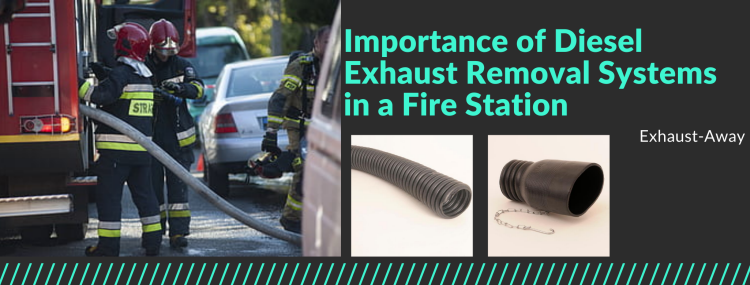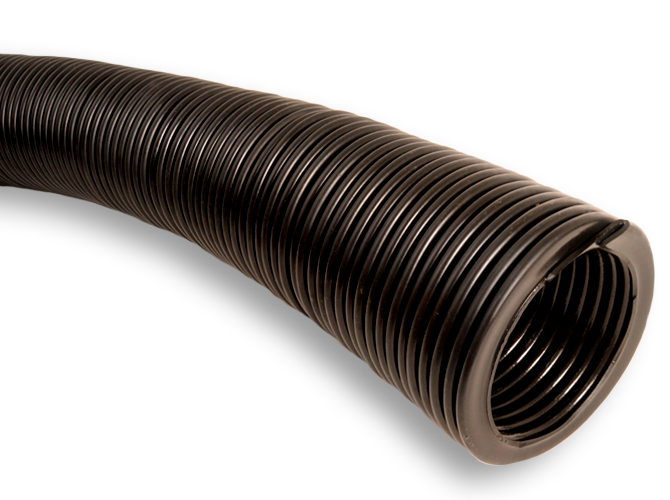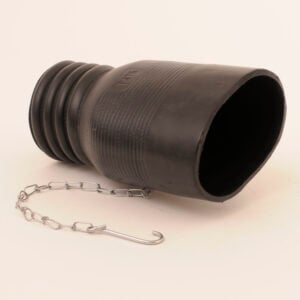Importance of Diesel Exhaust Removal Systems in a Fire Station
Firefighters are exposed to the risk of toxic inhalation due to their dangerous work environments as well as diesel engine exhaust emissions at fire stations. During combustion, diesel engines produce hazardous gases and carcinogenic particulates. Thus, the use of the right PPE is recommended to minimize the risk of toxic inhalation during work. However, the use of the right diesel exhaust removal systems is also essential to avoid exposure to toxic gases and carcinogens at fire stations. There are several occupational laws that require fire stations or other employers to utilize quality vehicle exhaust removal systems. This post discusses these occupational laws in detail and also focuses on the requirements when investing in these systems.
Important Regulatory Standards Governing the Use of Exhaust Removal Systems
A panel of experts from the International Agency for Research on Cancer (IARC), which is a part of the World Health Organization (WHO), in 2002 declared diesel engine exhaust as a carcinogen belonging to Group 1. Earlier, the panel lead by IARC in 1998 had declared it as “probably carcinogenic”. The panel presented various toxicological and epidemiological studies conducted over a period of 20 years to change the designation of diesel engine emissions to Group 1 carcinogen. The panel concluded that continuous exposure to diesel exhaust emissions increased the chances of lung cancer and bladder cancer.
In addition to this, many occupational safety organizations have established standards to ensure the safety of people exposed to diesel exhaust emissions. The following are a few prominent ones:
- NFPA: The National Fire Protection Association, which is committed to reduce the risk of injuries, deaths, and economic losses due to fire, specifies the importance of using diesel exhaust removal systems that assure 100% safety to users. This is covered under NFPA 1500: Standard on Fire Department Occupational Safety, Health, and Wellness Program.
- NIOSH: In 1988, the National Institute for Occupational Safety and Health (NIOSH), has addressed the issues of workers who were exposed to diesel emissions. NIOSH, along with IARC and a few other organizations, has played a pivotal role in a study leading to the declaration of diesel exhausts as a Group 1 carcinogen. NIOSH has developed guidelines for fuel deration that is controlling Toxic Gases and Diesel Particulate Matter Emissions.
- International Building Code (IBC): It is a building code developed by the International Code Council. This building code is adopted as a basic standard by most state governments in the US. This code recommends fire stations and organizations dealing with diesel exhaust systems to invest in quality diesel gas capture systems to assure the safe removal of diesel emissions from the place.
Thus, effective vehicle exhaust removal systems are recommended for fire stations to ensure the safety of workers as well as to ensure the legal exposure limits are perfectly met.
Things to Look for in Diesel Exhaust Removal Systems
Building a quality exhaust removal system requires lots of planning and consideration. The following are a few key considerations to be made:
- What are the different types of diesel vehicles used at the fire station?
- What are the durations of engine operation?
- What is the length of the work area?
In addition to these basic questions, you need to focus on the requirement of diesel gas capture systems.
A diesel gas capture system is made of the following:
- Hose:
This helps take away toxic fumes and other hazardous particulates from the workplace. These hoses are available in various materials, lengths, and diameters to meet your application requirements. Rubber and wire reinforced fabrics are a few popular materials used for garage exhaust hoses.
- Tailpipe Adapter:
This connects the hose and the tailpipe. There are various types of tailpipe adapters such as stack adapters, universal adapters, and so on. When choosing them you need to check if they are to be used undercarriage, at the rear of the vehicle, underneath the chassis, or on a vertical stack. They are available in different tailpipe diameters and shapes.
- Exhaust Fans:
Most toxic gases produce high temperatures, which may affect hoses and other source capture accessories. The exhaust fan helps ensure sufficient airflow through them to reduce the impact of high temperatures.
So, when designing diesel exhaust systems, ensure you use quality parts and components. This is possible only when you source them from trusted manufacturers or suppliers. Exhaust-Away is one of the leading manufacturers of diesel gas capture systems such as hoses, tailpipe adapters, and so on. The company also provides overhead kits for diesel exhaust systems. These kits feature wire reinforced and rubber hoses to withstand high-temperature emissions, a stack adapter, aluminum elbow, as well as overhead duct connectors.



 Most toxic gases produce high temperatures, which may affect hoses and other source capture accessories. The exhaust fan helps ensure sufficient airflow through them to reduce the impact of high temperatures.
Most toxic gases produce high temperatures, which may affect hoses and other source capture accessories. The exhaust fan helps ensure sufficient airflow through them to reduce the impact of high temperatures.